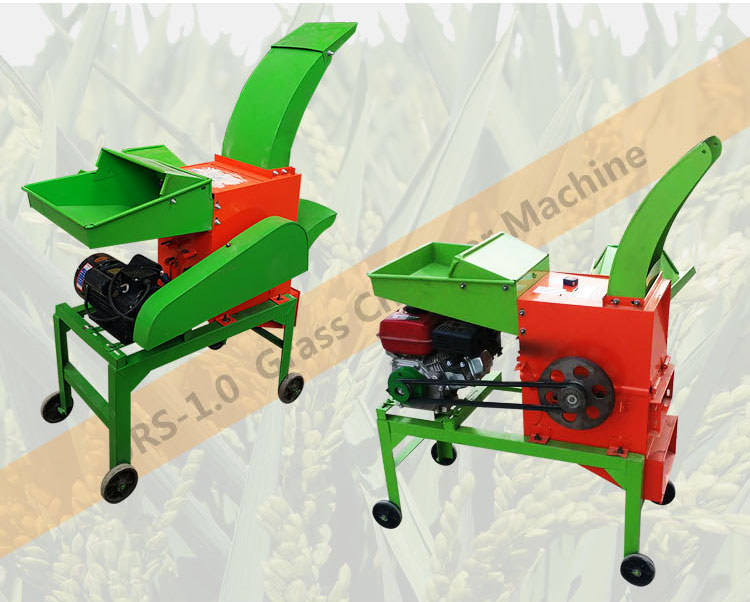Effectively Cooling Feed Pellets to Enhance Quality and Nutritional Value in Animal Feed Production
ആഗ . 02, 2024 14:37 Back to list
Effectively Cooling Feed Pellets to Enhance Quality and Nutritional Value in Animal Feed Production
The Importance of Feed Pellet Coolers in Modern Animal Nutrition
In the realm of animal nutrition, the quality of feed plays a pivotal role in determining the health and productivity of livestock. One vital aspect of feed production is the cooling process, particularly for feed pellets. Pellet coolers are essential equipment that significantly contributes to maintaining feed quality and maximizing efficiency in feed production.
Understanding Feed Pellets
Feed pellets are compressed forms of feed made from various ingredients, including grains, proteins, vitamins, and minerals. They are favored for their ease of feeding, reduced waste, and enhanced digestibility. However, the pelleting process involves high temperatures, which can adversely affect the nutritional value of feed. This is where the feed pellet cooler becomes crucial.
The Role of Feed Pellet Coolers
Feed pellet coolers are designed to reduce the temperature of freshly produced pellets after they exit the pelleting machine. During pelleting, temperatures can reach upwards of 80-90°C (176-194°F), which can lead to the degradation of heat-sensitive nutrients, including certain vitamins and amino acids. The cooling process helps preserve these vital nutrients, ensuring the pellets maintain their quality and nutritional value.
Benefits of Using a Feed Pellet Cooler
1. Nutritional Preservation As mentioned, cooling pellets effectively mitigates nutrient loss. Vitamins such as A, D, and E are particularly susceptible to heat, and keeping pellets at an optimal temperature helps retain their efficacy.
feed pellet cooler

2. Improved Shelf Life High temperatures can accelerate the rancidity of fats and oils within the feed, diminishing the feed's overall quality. Coolers help to stabilize these components, extending the shelf life of the feed pellets and making them safer for animal consumption.
3. Enhanced Flowability and Handling When pellets cool down, they become drier and more stable. This improvement in texture enhances their flowability, making it easier to store, transport, and dispense. Properly cooled pellets reduce the likelihood of clumping and aid in smoother delivery processes.
4. Reduced Condensation and Spoilage Hot pellets can create condensation when placed in storage, leading to mold and bacteria growth. Cooling the pellets minimizes this risk, ensuring a healthier product for livestock and reducing potential economic losses for producers.
5. Energy Efficiency Modern feed pellet coolers are designed to be energy-efficient. They utilize ambient air to cool the pellets, reducing the need for additional energy consumption. This not only saves costs but also aligns with sustainable practices within the animal nutrition industry.
Types of Feed Pellet Coolers
There are primarily two types of pellet coolers counterflow coolers and rotary coolers. Counterflow coolers are the most commonly used due to their efficiency, where hot pellets flow downwards while cool air flows upwards, facilitating optimal heat exchange. Rotary coolers, on the other hand, utilize a rotating drum to promote even cooling, though they may be less common in large scale operations.
Conclusion
In conclusion, the feed pellet cooler is an invaluable component in the production of quality animal feed. By preserving nutritional value, extending shelf life, and enhancing the handling of feed pellets, coolers play a significant role in ensuring the overall efficiency of feed production systems. Investing in high-quality cooling equipment is essential for feed manufacturers looking to deliver superior products to the livestock industry, ultimately contributing to healthier animals and more productive farming operations. As the demand for quality animal products continues to rise, the role of feed pellet coolers will only become more critical.
-
Automatic Feeding Line System Pan Feeder Nipple Drinker-Anping County Yize Metal Products Co., Ltd.
NewsJul.30,2025
-
Automatic Feeding Line System-Anping County Yize Metal Products Co., Ltd.|Durable Construction&Easy Maintenance
NewsJul.30,2025
-
Automatic Feeding Line System-Anping County Yize Metal Products Co., Ltd.|Pan Feeder Nipple Drinker&Durable Poultry Farming Solution
NewsJul.30,2025
-
Automatic Feeding Line System Pan Feeder Nipple Drinker|Anping County Yize Metal Products Co., Ltd.
NewsJul.29,2025
-
Automatic Feeding Line System-Pan Feeder Nipple Drinker|Anping County Yize Metal Products Co., Ltd.
NewsJul.29,2025
-
Automatic Feeding Line System - Pan Feeder Nipple Drinker|Broiler Farming Equipment
NewsJul.29,2025






